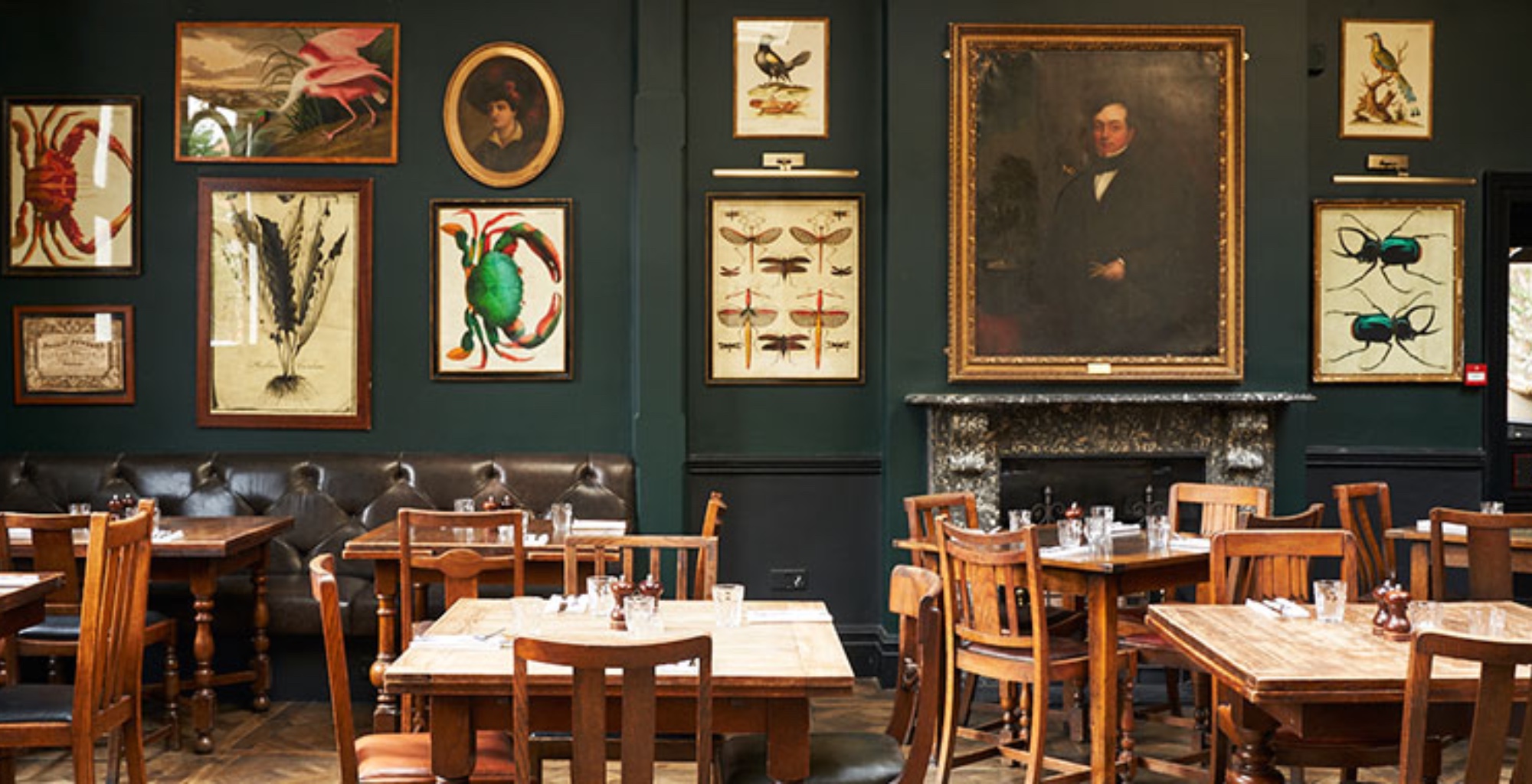As more businesses are expanding their outdoor seating, we’ve narrowed down our top 10 spots for outdoor dining in Shepherd’s Bush.
From cosy patios surrounded by greenery and picturesque rear courtyards to hidden gardens and rooftop bars, there’s no shortage of stunning outdoor settings to choose from.
We’ve narrowed these down to just ten of our favourite eateries from across W12 where you can spend a summer’s evening safely, eating and drinking outside in the sun.

Outdoor dining in Shepherd’s Bush | Restaurants
The Hawk’s Nest, Goldhawk Road
Fully adapted to the ‘new normal’ of al freso drinking in London is this all-day drinking and dining hidden garden on Goldhawk Road. Entering through a leafy archway adorned with fairy lights, patrons immediately have to scan and fill in their contact details before they’re allowed anywhere near the sourdough pizzas. Ordering is entirely through an app and we can recommend the Arancini bites and of course, the Aperol Spritz.
The Television Centre, White City
After the BBC moved out, the eateries moved in. Pizza from Homeslice, modern Indian food from Kricket, mouthwatering Patty & Bun burgers and all-day cocktails from the people behind SOHO house at The Allis. Now, the famous forecourt has had a summer makeover with 120 outdoor seats and film props added to create ‘The Set’, open every day.
Ayam Zaman, Uxbridge Road
Attached to arguably the best Middle Eastern supermarket in West London, Ayam Zaman on Uxbridge Road have perfected Syrian and Lebanese home cooking and have expanded their seating to offer prime people-watching spots outside the front of the restaurant.
Their menu offers a wide variety of dishes that showcase the rich culture and vibrant flavours of the Middle East. You can relish traditional dishes such as hummus, falafel, grilled meats, and kebabs. The Baba Ganoush here deserves a special mention.
Little Napoli, Uxbridge Road
Little Napoli is a charming Italian restaurant located on Uxbridge Road where you can find outdoor seating and traditional Neopolitan pizza at around the £10 mark. The menu features a variety of authentic Italian dishes, from classic pastas to delicious pizzas and what’s more here they prove the dough for at least 48 hours so you know they mean business.
Prairie Fire, Wood Lane Arches
This Kansas-style barbeque took over one of the arches under Wood Lane tube station in 2019, bringing their delicious, authentic Kansas City barbecue food to West Londoners.
Alongside delicious food, they offer 16 individually curated taps, showcasing the best of British and American craft, alongside an ever-growing range of bottle and can.
Prairie Fire offers limited outdoor seating to relax and enjoy every slow-cooked meat you could dream of. We recommend booking ahead to guarantee your place.

Outdoor dining in Shepherd’s Bush | Pubs
Princess Victoria, Uxbridge Road
It’s interior may be recognisable from its feature in the film ‘The Gentlemen’, but the outdoor area at The Princess Victoria is just as impressive. There’s a newly paved front terrace and picturesque rear courtyard where you can enjoy their extensive menu sourced from British producers and indulge in a selection of craft beers, wines, and cocktails.
The Eagle, Askew Road
Just on the edge of Shepherd’s Bush, The Eagle is another traditional pub with a spacious outdoor area (the biggest out of the pubs on the list). The pub serves serves up classic British fare like fish and chips, burgers, and Sunday roasts, special mention should be given to their Veggie Sunday roast, as well as a selection of beers and cocktails.
Alongside dining, The Eagle is known for its live music events and quiz nights, making it a popular option for locals ans visitors.
The Bull, Westfield
Whilst Westfield might have been considerably quieter of late, The Bull on the Southern terrace has recently reopened full steam ahead. Sit down after a shop and relax, cocktail in hand.
The Askew, Uxbridge Road
The large beer garden to the rear of this bustling pub has ample seating, this coupled with the recently refurbished front garden, makes The Askew an easy option for a quick evening pie and pint whilst watching the bustle of Uxbridge Road.
Brewdog, Shepherd’s Bush Green
That being said, there are few better people-watching spots than the front beer garden of Brewdog, a popular craft beer bar located on Shepherd’s Bush Green. It’s a sun trap where you can see across the whole Green as you enjoy your ‘Hoppy Meal’ and a vast range of draught ales.
With a wide selection of their own craft beers on tap, as well as guest beers from other breweries, it’s a great spot for beer enthusiasts.
Moving to Shepherd’s Bush
If you’re thinking about moving to Shepherd’s Bush, get in touch with a member of our experienced sales team on 020 8819 0510 , or our award-winning Lettings team on 020 8819 0511.
Somewhere we’ve missed on the list? Contact us to let us know.





